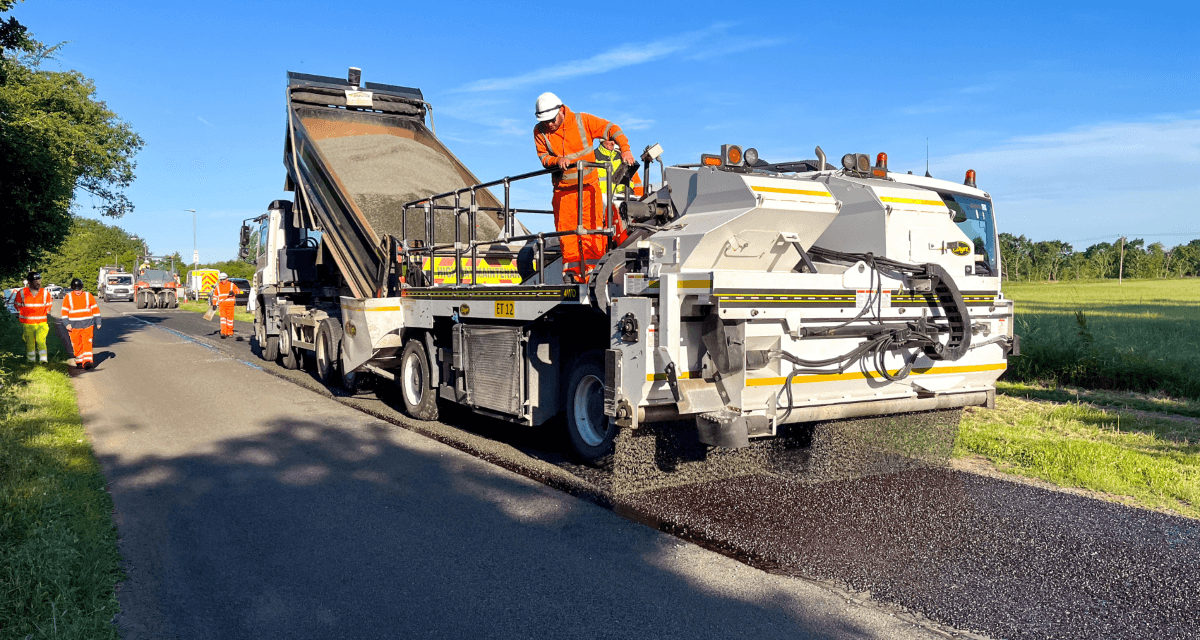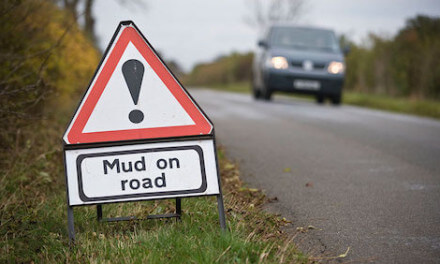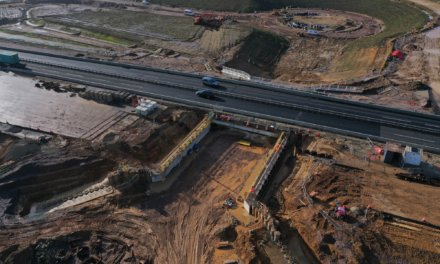I want to address some of the entirely inaccurate, and largely technically unaware, comments that have been made about our latest surface dressing summer scheme. This is a huge £6m summer set of works that are now underway across the county and, over the next seven weeks or so, will bring 227 separate areas of improvement for Lincolnshire road users. Find out more
Having seen some of the digital user ‘claims’ about surface dressing, what it’s used for and why it’s chosen for any particular road, it’s clear that the armchair experts are out in force on this matter.
Before we get into the details, I want to point out that – in an ideal world – we would resurface every road fully and do a fully comprehensive job with deep-build materials that would leave each road like new. But this isn’t an ideal world, and we simply don’t have the money to do that. So, we have to make every penny count in the best way possible – we need the most highway impact for the limited money we get, and in that aspect, the cost savings alone make surface dressing a brilliant option. For example, a typical 1km stretch of road costs £24,000 to surface dressing against potentially £456,000 to fully reconstruct.
And that’s not considering how effective the technique is, either. Surface dressing is a go-to for highway authorities all over the UK and remains a mainstay of the tools we can all use to improve the condition of a road. Considering a surface-dressed road has a life expectancy of between 10-15 years versus a fully reconstructed road of 30 years, this further demonstrates what good value this technique is.
So, with all that in mind, here are the cold, hard facts of surface dressing to stop the misinformation being bandied about in the corners of online comment forums.
- We NEVER use surface dressing on a road that has potholes in it. The system doesn’t work on potholes. Why would anyone think that we’d fill potholes with stone chips and bitumen instead of carrying out the thousands of potholes repairs properly just like we do every single week? All potholes on a section of road to be surface dressed are filled prior to the dressing work starting. The surface dressing then seals the entire surface of the road. This actually helps to stop potholes forming in the future.
- We NEVER leave drains open when we surface dress. The system doesn’t work over drains. We cover the drains up before the process gets underway. If any of the dressing materials do find their way past the covers we use, then we clean the drains out so that they work as they should.
- We NEVER pick the roads for surface dressing at random. Officers assess a road surface regularly and, when it reaches the right intervention level, we put in place the preparation work programme, before getting on with surface dressing. If a road isn’t picked for surface dressing then that can be for a multitude of reasons, but those reasons will be valid. For example, perhaps that’s because there is a greater need for a deeper, more expensive repair to address more serious underlying problems that surface dressing is simply not suitable for.
- Surface dressing is one of the most cost-effective ways to add a decade of life to a road. Costing around a tenth of the price of a road rebuild, surface dressing is fast to put down and often doesn’t need a road closure – so we can keep roads open whilst carrying out the sorting of the surface, and putting 10 more years of life, into a local route.
- Damage to vehicles. There is a temporary speed limit in place to mitigate for loose stone chips left on the new surface prior to sweeping (where we lift the loose material soon after it’s been laid). This speed limit is in place to specifically stop damage to vehicles and, as long as people drive to the conditions and the speed limit, then there is no worry for the condition of vehicles as a result of the material used.
As always, across everything we do in Highways across the county, LCC remains open and very available to anyone who wants to discuss any part of what we do.
Get in touch with me directly, or speak to your local county councillor if there’s anything you wish to raise or discuss. We’re always very happy to explain why certain types of road treatment are used, or not – as is sometimes the case.






Trackbacks/Pingbacks